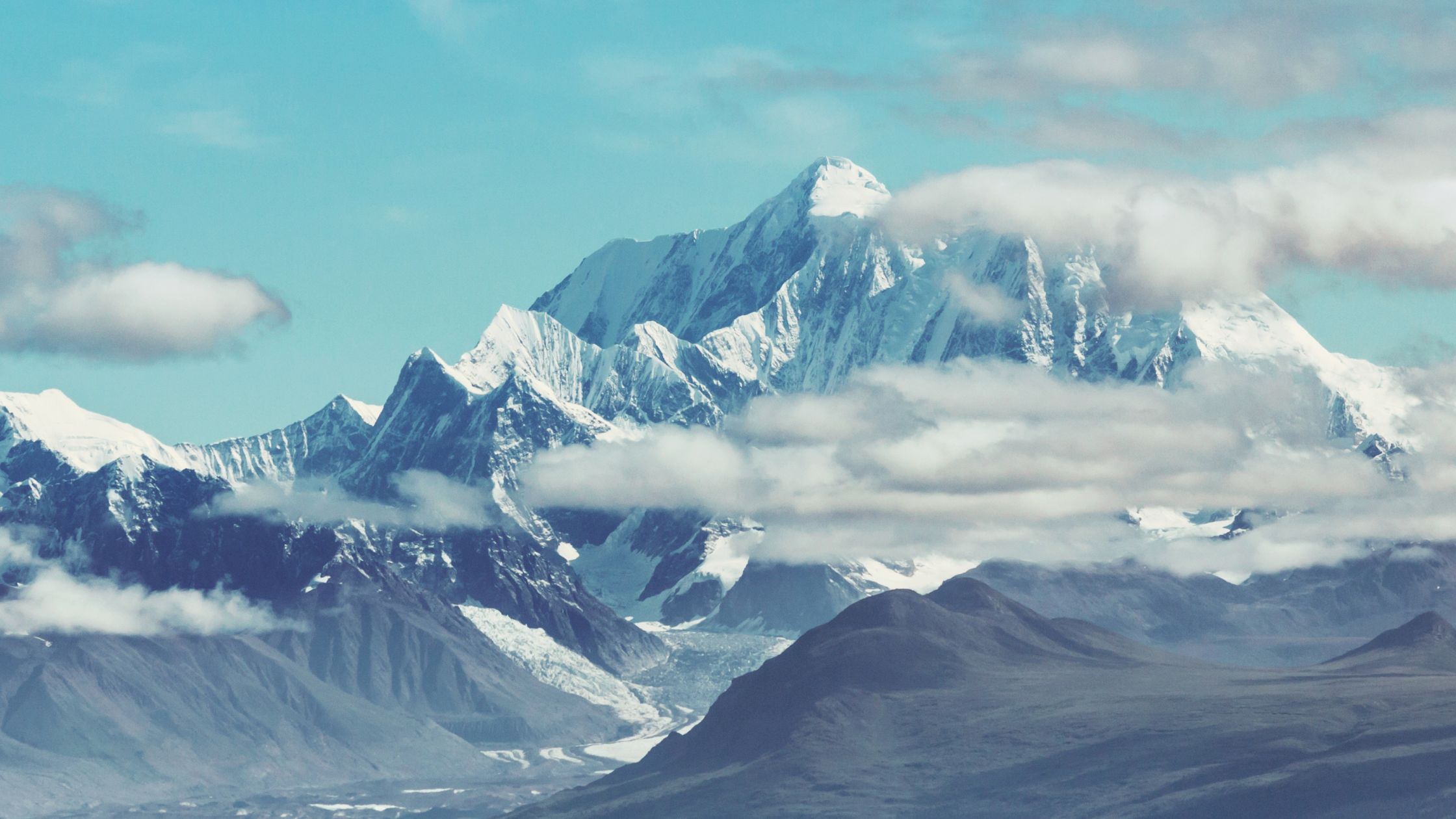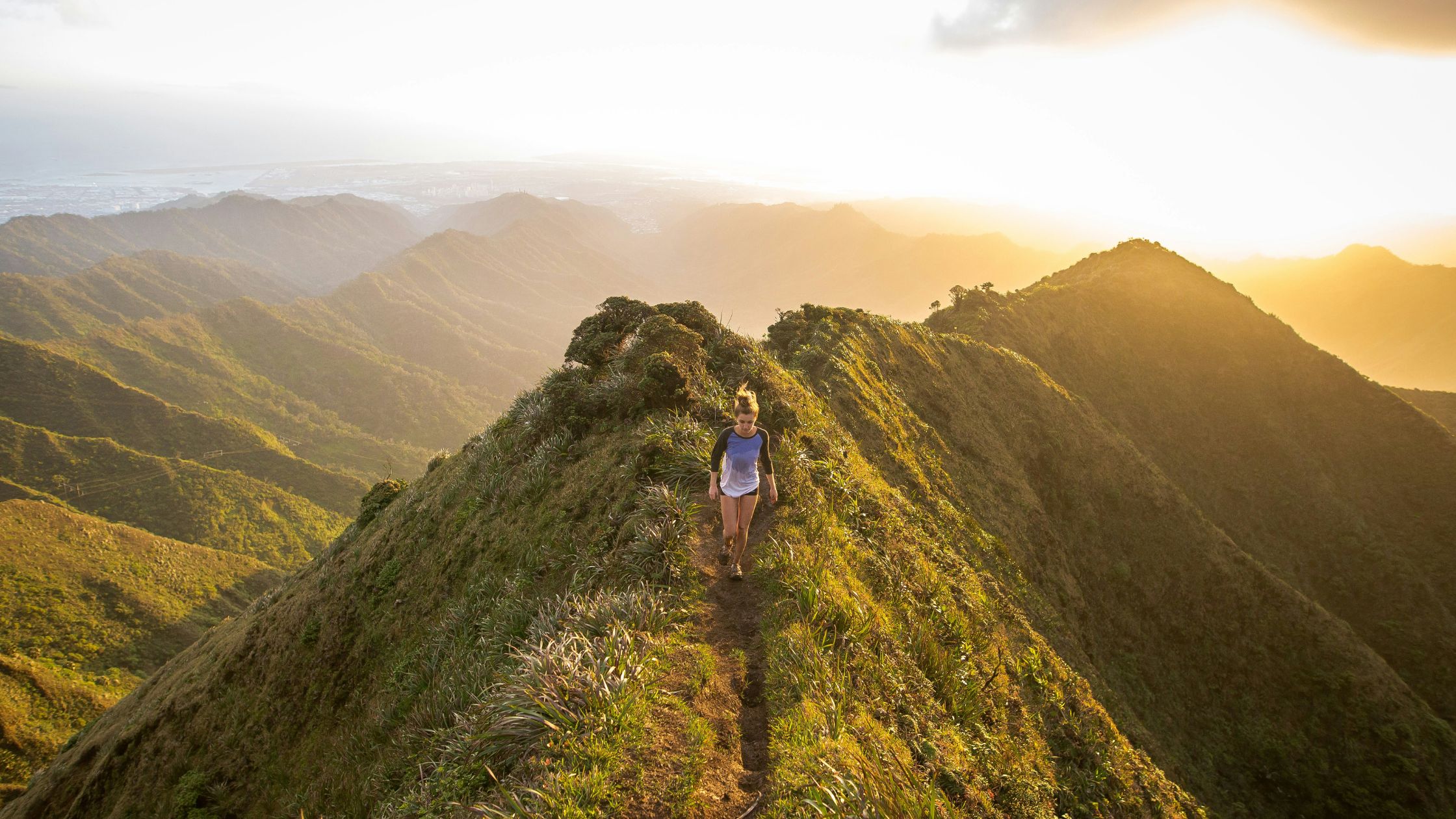The Seven Summits are a worthwhile challenge and opportunity in the world of climbing. Our list considers training and pre-climbs to help climbers discover which peak is the next best option.
In Part II, we discover the remaining summits to help climbers and explorers challenge themselves and see the world from new heights. Remember that the options can all depend on the climbers’ level of experience, personal wishes and goals and schedule.
Carstensz Pyramid – Oceania/Australasia
4884m / 16,024 ft
Located on the island of New Guinea, the Carstensz Pyramid, called Puncak Jaya in Indonesian, is the highest mountain peak on an island in the world. Carstensz is often described as one of the most exotic climbing expeditions on Earth as it’s one of the most remote of the Seven Summits, its majesty characterized by a prominent limestone escarpment located within a rainforest. Traveling to the pyramid is difficult since it’s remote, but the adventure is well worth the effort, with the climb up and back taking up to 11 days.
For this technical route, climbers are advised to have knowledge of skills like fixed rope ascension, basic knots and rappelling. Experience moving on rock terrain is crucial too. In some cases, a helicopter drops off climbers at the base camp on the mountain, making the climb a relatively short climbing portion to save time as it’s often strenuous. The summit day often consists of one long climb before returning to camp. It’s often recommended that climbers first undertake climbs on Kilimanjaro, Elbrus, along with introductory rock climbing courses for the skills they will need to climb the summit. If you’re looking to climb the mountain, opt for October through March, even though climbing expeditions are offered year-round.
Mt. Denali – North America
6914m / 20,322 ft
Mt. Denali, located in Washington state, United States, is often considered a strenuous climb, even for the Seven Summits. Climbers are expected to have been trained with advanced glacier skills and experience with rope team travel. Additionally, heavier backpacking is required on the expedition. Surprisingly to some, the weather on this expedition is more unstable than on Vinson or Mt. Everest, thus making it a great next step before attempting to climb the world’s latest peak. It’s recommended that climbers have already experienced Elbrus, Kilimanjaro, and Aconcagua. Glacier skills courses are essential to completing this climb.
When is the best time to go? Consider May through July. The spring to mid-summer months in the Alaskan range makes it much more preferable to trek and experience the mountain’s natural beauty. Remember, this is an advanced climb, so the more skill sets climbers can acquire in mountain climbing, the better.
Vinson Massif – Antarctica
4892m / 16,050 f
Another extremely remote destination, Vinson Massif, is a great option for adventure. While the peak requires some technical skills, it’s not the most difficult (despite the realities of the Antarctic climate). Climbers should have experience with glacier skills on previous summits. Rope team travel, ice axe, crampons and cold weather living experience are vital to completing the challenge. Environmental realities require that climbers achieve good self-care as the Antarctic environment is often harsh. Vinson Massif is often the last or second-to-last summit that climbers undertake. Experience on Kilimanjaro, Elbrus, Aconcagua, Carstensz Pyramid and Denali must be completed before the trek. December through January are the only times when climbers should undergo this feat, as it’s the southern hemisphere’s summer, so conditions are much safer for trekkers.
Mt. Everest – Asia
8848 m / 29,029 ft
Everyone knows that Mt. Everest is the highest peak in the world. Often considered the final challenge in the Seven Summits journey, Mt. Everest remains difficult for even the most experienced climbers. The mountain is so high that even the jet stream hits the top peak. During shifting conditions, climbers often face challenging winds beyond 320 km/h (200 miles per hour). This expedition has two main climbing routes, one southeast route in Nepal (considered the standard route) and another coming from the north in Tibet. The standard route doesn’t have significant technical challenges. However, Everest does present numerous challenges, including altitude sickness, hazardous weather and wind. Consider that avalanches and Khumbu Icefall can often occur before deciding if this climb is suitable for you. As of November 2022, 310 people have died on the mountain.
It’s best to be as fit as possible for the climb. Often, interval training, upper body weightlifting, ascender exercises, ice field ladders, and rappelling are recommended exercises to prepare for the journey. Often, as climbers weaken along the Everest climb, they experience colds, weight loss, etc. Upper body exercises like push-ups and curls with rocks can help maintain stamina. The best time to climb the mountain is April through May, during the pre-monsoon season in the Himalayas. If climbers decide to go on this excursion, plan a full 63 days for the trek. However, it will be the ultimate adventure. Standing at the peak of the Earth is an incredibly breathtaking experience.
We wish everyone luck on their Seven Summits climbing journeys!







